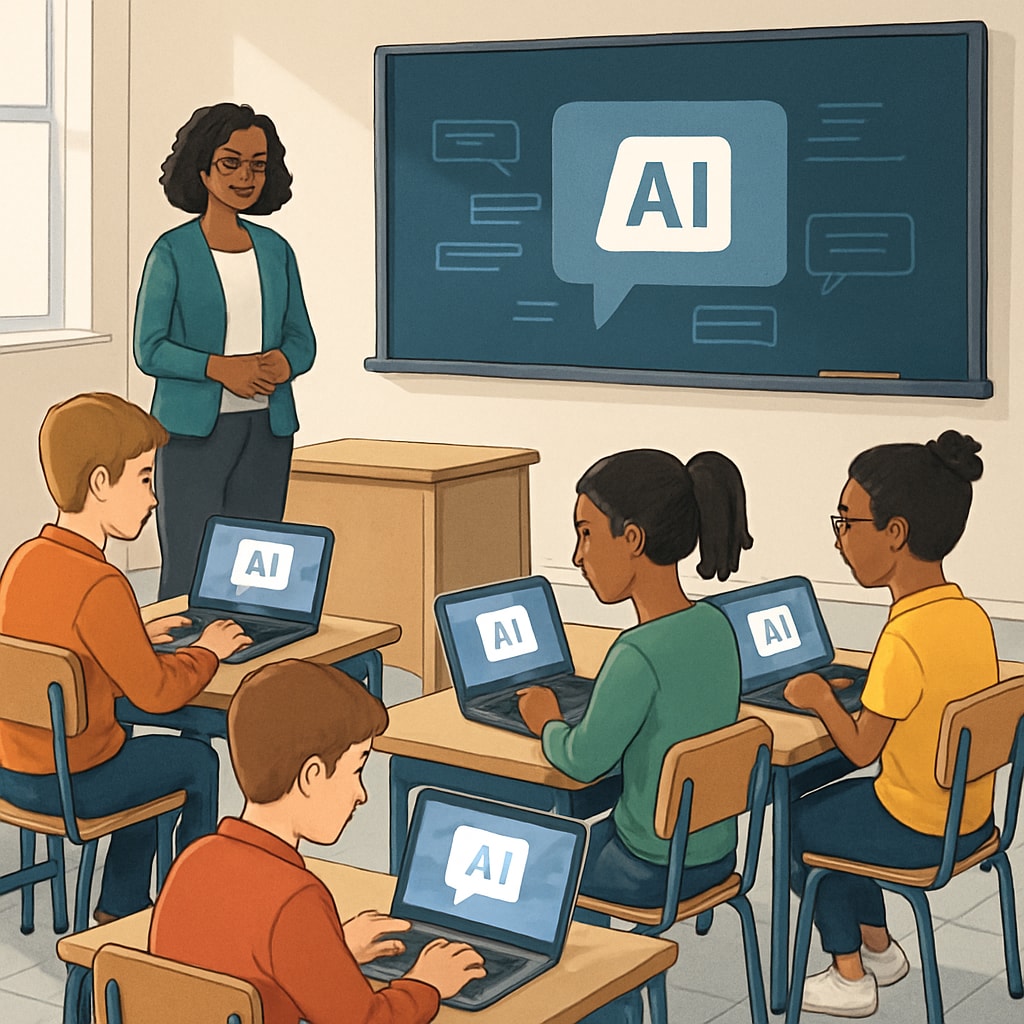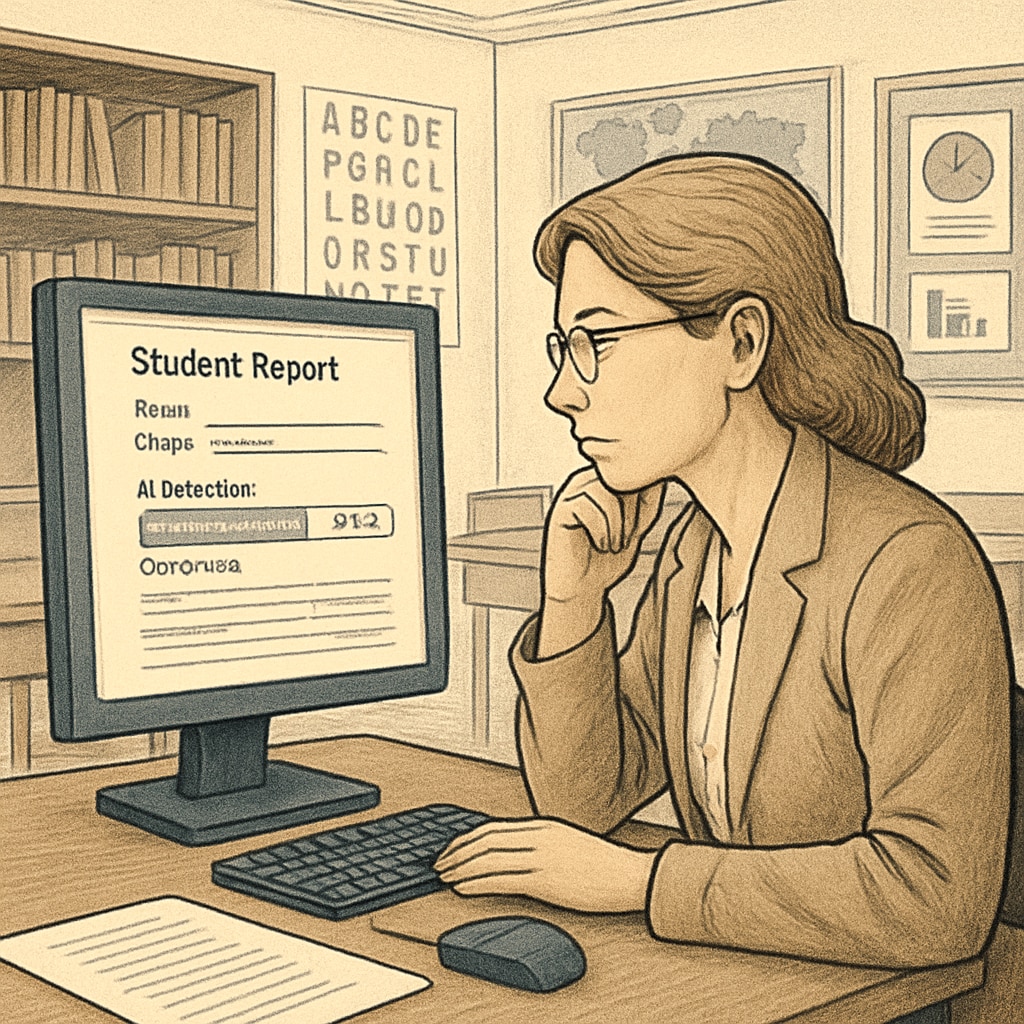As AI tools like ChatGPT become increasingly prevalent in K-12 education, the debate surrounding academic integrity has taken center stage. These technologies offer immense opportunities for innovation, but they also challenge the authenticity of learning. Educators face mounting concerns over detection methods and education costs, forcing them to rethink strategies that balance technological advancement with ethical academic practices.
AI Tools and Their Role in Modern Education
AI tools have revolutionized the education system by offering personalized learning experiences, automated feedback, and enhanced accessibility. For example, platforms like ChatGPT can help students brainstorm ideas, refine essays, or solve complex problems. However, their misuse—such as students relying on AI to complete assignments—raises concerns about genuine learning and skill development.
For educators, the challenge lies in distinguishing between appropriate use and misuse. While some argue that these tools are akin to calculators for writing, others worry that over-reliance may erode critical thinking skills.

The Ethical Dilemma: Academic Integrity in the AI Era
Academic integrity is a cornerstone of education, promoting honesty, fairness, and accountability. The use of AI tools, however, complicates this principle. When students use AI to complete assignments without acknowledgment, it blurs the lines between authentic work and plagiarism.
To address this, schools must foster a culture of transparency. Educators can encourage students to cite AI tools as part of their research process, similar to how sources are cited in academic papers. This approach not only upholds integrity but also teaches students how to ethically leverage technology.
Challenges of AI Detection and Education Costs
Detecting AI-generated content is no small task. Current detection tools, such as AI-writing detectors, can be expensive and are not foolproof. False positives and negatives can undermine trust between educators and students. Moreover, the financial burden of implementing these tools often falls on schools with limited budgets.
Therefore, schools need practical strategies to mitigate misuse without heavy reliance on costly detection software. For example:
- Designing assignments that require personal reflections or unique, open-ended questions.
- Incorporating oral presentations or in-class writing sessions to assess students’ understanding directly.
- Providing professional development for teachers to better understand and integrate AI tools responsibly.

Strategies for Balancing Innovation and Authentic Learning
To navigate the complexities of AI in education, schools must adopt a balanced approach that embraces innovation while maintaining the integrity of learning:
- Education on Ethical Usage: Teach students the ethical implications of using AI tools and the importance of academic honesty.
- Guidelines for AI Integration: Develop clear policies outlining acceptable use cases for AI in assignments and projects.
- Focus on Critical Thinking: Design curricula that emphasize problem-solving and analytical skills, which cannot be easily outsourced to AI.
- Collaboration and Dialogue: Encourage discussions between educators, parents, and students to address concerns and share best practices.
By implementing these strategies, schools can create an environment where AI tools enhance learning without compromising ethical standards.
The Road Ahead
The rise of AI tools in education is both an opportunity and a challenge. Balancing innovation with academic integrity requires a proactive approach, combining ethical education, practical strategies, and open dialogue. While the road ahead may be complex, it offers a chance to redefine education for the AI era.
As technology continues to evolve, the ultimate goal should be to prepare students for a world where AI is a partner in their learning journey—not a substitute for their effort.
Readability guidance: Short paragraphs, clear transitions, and concise language have been used to ensure accessibility. Lists summarize key points, while over-reliance on passive voice and long sentences has been avoided.


